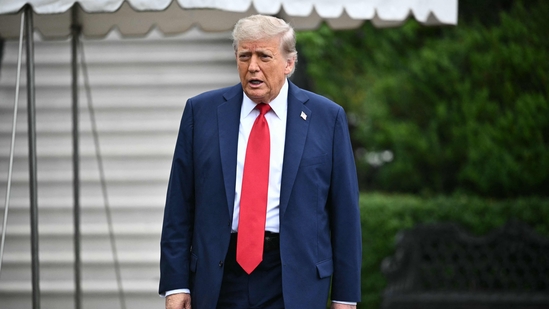
Trump’s Ceasefire Timeline and Rationale
On June 23, Trump posted on Truth Social that the “12‑day war” between Israel and Iran will come to an end through a phased implementation plan. According to Trump, “Iran will start the ceasefire and, upon the 12th hour, Israel will start the ceasefire and, upon the 24th hour, an Official END to THE 12 DAY WAR will be saluted by the World”.He described the pact as a “Complete and Total CEASEFIRE,” set to begin with a preliminary 12‑hour phase followed by full cessation at 24 hours. Trump framed this as validation of his strategic judgment that U.S. airstrikes and diplomatic pressure had “bought time” for an agreement.
🔹 What Sparked the Ceasefire?
The sudden ceasefire comes in the wake of a flurry of high‑intensity exchanges:
- On June 13, Israel launched a major offensive targeting Iran’s nuclear facilities and military installations, striking dozens of sites and reportedly killing top Iranian military figures and nuclear scientists .
- Iranian retaliation followed swiftly: hundreds of ballistic missiles and drones were launched toward Israel, causing civilian damage—though casualties in Iran outnumbered those in Israel by a wide margin .
- The conflict escalated further when Iran added U.S. forces to the equation by striking Al Udeid Air Base in Qatar. While most missiles were intercepted and casualties avoided, the incident drew the U.S. into a more direct role .
🔹 Conflicting Signals and Caveats
Despite Trump’s optimistic framing, neither Israel nor Iran issued official confirmation of the ceasefire terms:
- Israeli officials remained silent, with air‑raid sirens heard in Tel Aviv even after the ceasefire was announced, suggesting missile threats remained .
- Iran’s foreign minister said Iranian forces had halted operations around 4 a.m. local time—but made no mention of a formal ceasefire pact. Tehran insisted any truce would be based on “reciprocal” cessation by both sides.
🔹 Strategic Calculations and International Response
Trump defended the U.S. intervention and its timing, calling the strikes on Iranian nuclear sites “spectacular” and claiming they caused “monumental damage” .
He also emphasized that Iran had “given us early notice” before attacking U.S. assets, preventing casualties
Global leaders offered cautious reactions:
- European nations convened in Geneva to revive diplomatic talks on Iran’s nuclear program, though Trump dismissed Europe’s influence, stating Iran “want to speak to us”.
- The G7, alongside the UN and NATO, called for de‑escalation even as the U.S. bolstered its military presence with repositioned assets and aerial tankers to support Israel .
🔹 Next Steps: Ceasefire or Just a Breather?
While Trump’s phased approach offers a pathway toward calm, several uncertainties remain:
- Will both Israel and Iran fully adhere to the staggered timetable? Ongoing missile activity in Israel raises doubts .
- Will the pause hold long enough to restart diplomacy? Iran has already shown interest in halting the conflict—but public messaging remains cautious.
- Will U.S. military assets remain engaged? Trump hinted future decisions would be based on “circumstances,” leaving open the possibility of further involvement .
🔹 Broader Implications
A verified ceasefire could ease regional tensions, secure safer conditions for civilians in Tehran and Tel Aviv, and reopen space for renewed diplomatic efforts around Iran’s nuclear ambitions. Yet the absence of clear public endorsements from both belligerents and sporadic hostilities underscore how fragile such agreements can be.
Bottom Line
Donald Trump’s announcement signals a potential turning point—a rare joint ceasefire after nearly two weeks of intense conflict. His strategy, which combined U.S. airstrikes and rapid diplomacy, may have stalled escalation for now. But with details unclear and both sides suggesting caution, the world watches anxiously to see if this fragile peace will hold—or if renewed fighting lurks on the horizon.
Thanks For Reading